How Thrifting Saves Our Wallets, Environment, and Style
At Grant Community High School, it is becoming increasingly popular amongst students to purchase reused clothing from thrift stores. Students are appealed to the inexpensive prices of the clothing at thrift stores, along with the accompanying idea of being eco-friendly.
December 16, 2021
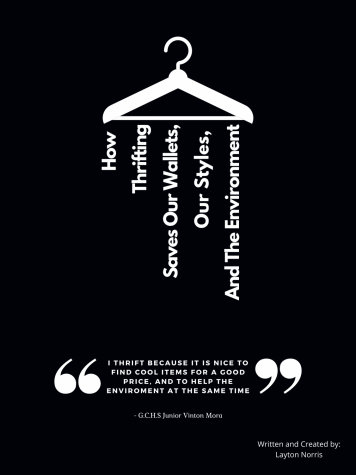
By: Layton Norris
As consumers become increasingly environmentally and economically conscious, thrift shopping: the act of buying used clothing for a reduced price, has become extremely popular. At Grant Community High School, many students enjoy thrift shopping and do so with the intention of reusing a unique piece of clothing that appeals to their style, values, and their budgets.
Thrift shopping has risen in popularity in the last few years, becoming an enjoyable hobby and pastime. This is due to an excessive amount of clothes available at thrift stores, which include all fashion styles, while remaining inexpensive, therefore allowing consumers to fulfill their fashion tastes and express themselves through their style. When seeking out clothing at thrift stores, GCHS Junior Trent Zolman keeps an eye out for “the pieces of clothing that [he] cannot find anywhere else; they are usually older [pieces of clothing] but they can be restored [into highly fashionable pieces].” When Trent does come across pieces of clothing that he “can create something new out of, it is one of the best feelings ever,” to him.
Aside from providing consumers with the ability to express themselves, thrift shopping also has an extremely beneficial impact on the environment. By choosing to purchase clothing from a thrift store, consumers are repurposing clothing that would have otherwise ended up in a landfill, therefore sparring our earth from the additional waste of not just the used clothing, but from the production of new garments as well. The act of thrifting also reduces a consumer’s carbon footprint by a substantial amount. In fact, according to research from Environmentalist Tabitha Whiting; if an individual were to keep their clothing for as long as possible and purchase thrift clothing, then there would be a “5-10% reduction in each carbon, water, and waste footprints.”
Apart from reducing carbon emissions and landfill waste, choosing to purchase clothing from a thrift store would benefit the environment by reducing the overall chemical pollution that is dispersed throughout the world. According to 2A Thrift Superstore, “Textile manufacturing processes involve the use of harmful dyes and crude oil by-products,” which are then spread throughout the air and oceans, therefore contaminating the most essential of necessities needed for life. This contamination diminishes entire ecosystems within the water and on land while subjecting humans to consuming toxic chemicals through their water and the air they breathe.
If you were to make the decision to begin shopping at thrift stores, you may ultimately find yourself some unique pieces to add to your wardrobe, that would better enable you to express your style while saving your wallet and the environment at the same time! Perhaps the next time you go clothes shopping, consider stopping by at your local thrift store, you never know what you may find!
How Thrifting Benefits The Planet:
- Prevents Clothing From Ending Up In Landfills
Many people remain unaware that recycling is not limited to just paper or plastic goods, but includes clothing as well. By purchasing thrift clothing, you are effectively repurposing an article of clothing that would have otherwise ended up being thrown in a landfill, which completely disturbs and disrupts ecosystems.
- Reduced Footprints:
The act of thrift shopping reduces the carbon, water, and waste footprints of an individual by 5-10% in each category. By keeping your pieces of clothing for as long as possible and offering them for resale if you no longer want them; you would effectively be reducing the demand for new clothing, which in turn would reduce the number of new garments produced, therefore sparring the earth from the large amounts of water taken, and from the proliferation of large amounts of carbon dioxide and waste.
- Reduced Chemical Pollution:
By choosing to thrift, you would effectively reduce the overall amount of chemical pollution that is spread throughout the earth. The act of producing new clothing and transporting it to sellers proliferates large quantities of chemical pollutants into the air that could otherwise be reduced if the demand for new clothing declined; which thrift shopping has proved is possible!




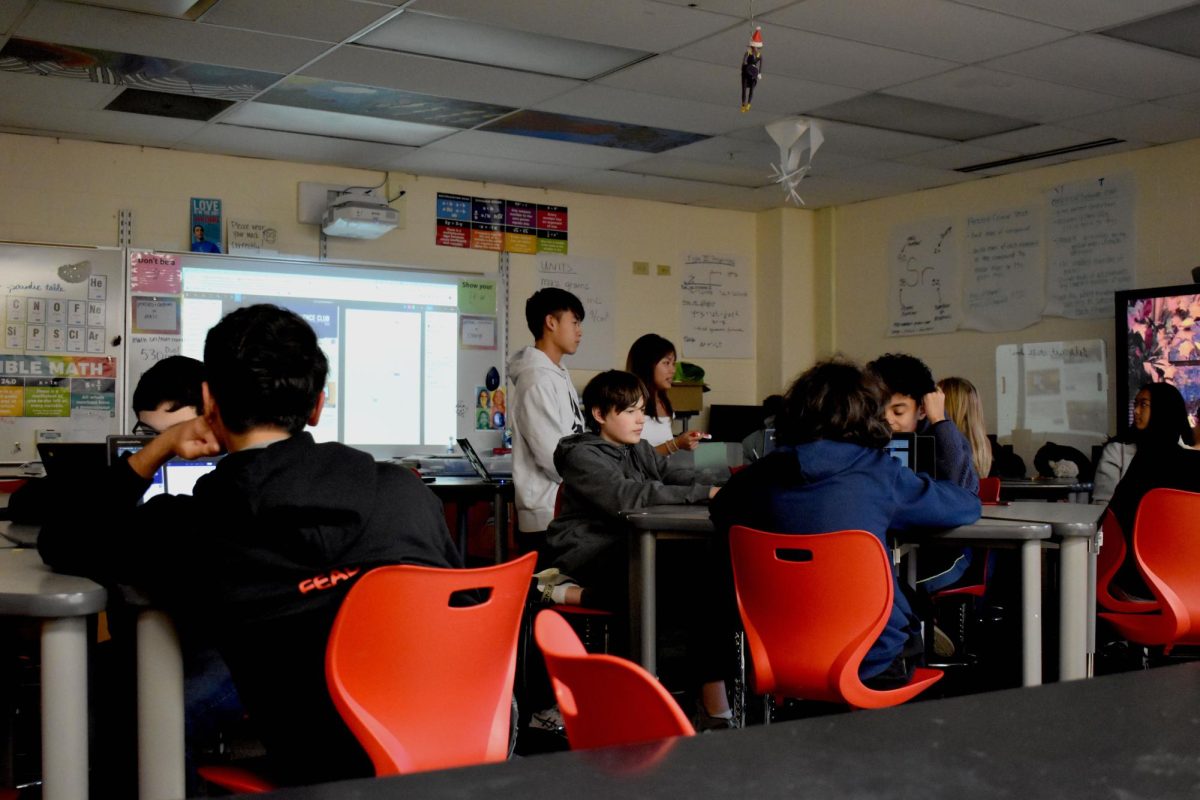






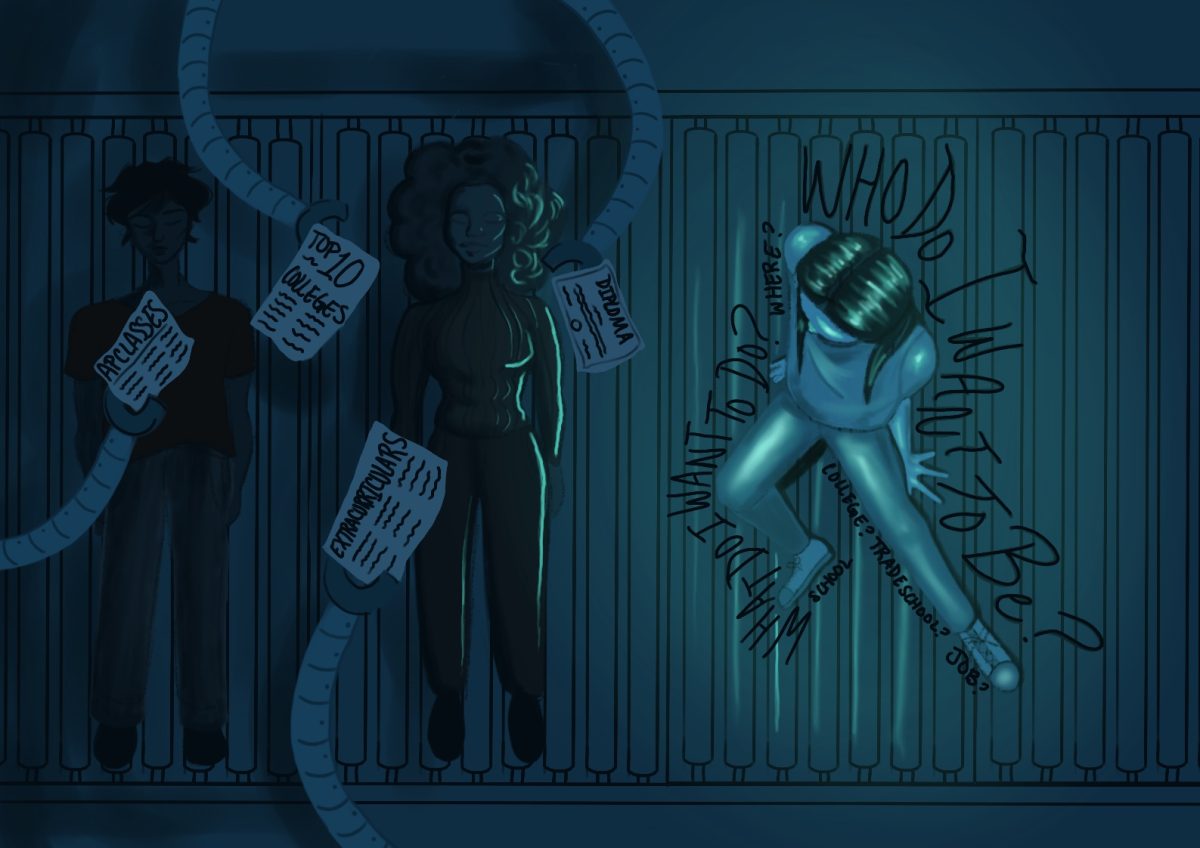



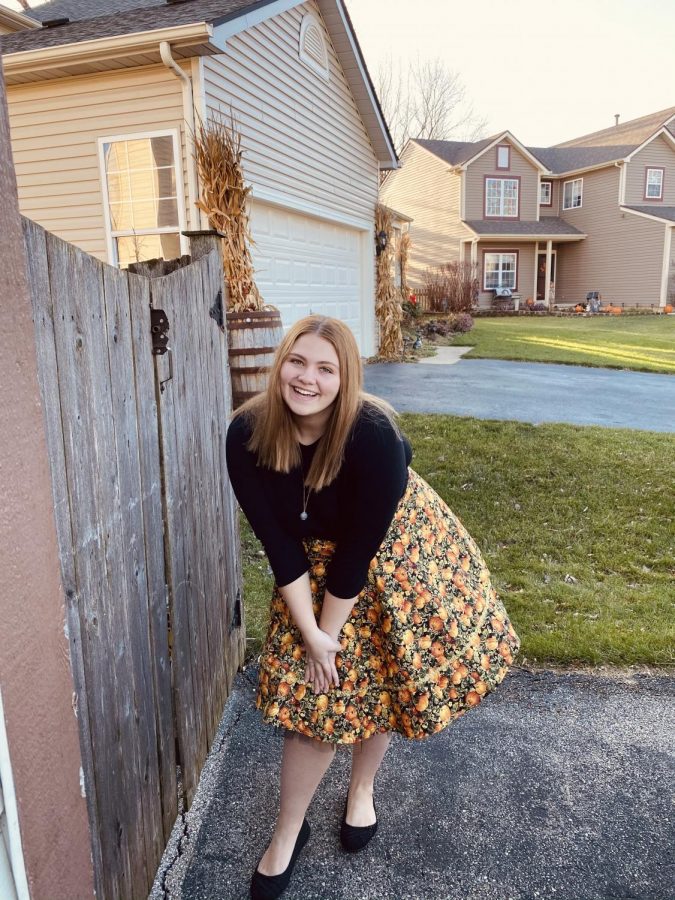

















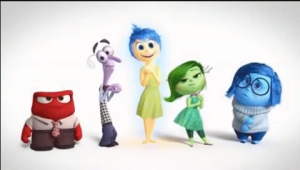











Sandy Schlaf • Jan 8, 2023 at 12:43 pm
If clothing items have been worn so much that they are now not wearable anymore, these items can be further recycled thru companies that have bins in parking lots that things like rugs can be made from them. I believe the Environmental Club has one of these bins at the rear of the building.
If you have towels or blankets, sweatshirts that you used beyond it’s life perhaps a animal rescue facility can use these items as bedding or ???
The Fox Lake Village Hall has a trash can that you can recycle gym shoes (worn out or ripped, etc.) that get turned into new road surfaces.
All of these ideas help keep items from filling up space in a landfill.
Use it up, wear it out, make it do, or do without…